Lenz’s Law:
Statement: It states that the direction of induced EMF is such that, it opposes the cause responsible for its production.
Experimental Verification: Take a coil AB. Connect a galvanometer G, a two-way key K and a battery C between terminals A and B of the coil as shown.
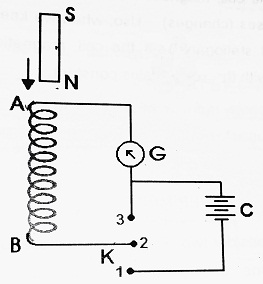
Connect terminals 1 and 2 of the two-way key. Due to this, battery C sends current in the anti-clockwise direction as shown. Hence the upper face ‘A’ of the coil becomes N-pole. Suppose in this case, the galvanometer gives deflection towards the left.
Conclusion: Hence when the galvanometer gives deflection towards the left, the upper face ‘A’ of the coil becomes N-pole and vice-versa.
Now disconnect terminals 1 and 2 and connect terminals 2 and 3 of the two-way key. Take a magnet NS with its N-pole towards the coil. Now, when we move the magnet towards the coil, we note that galvanometer G gives deflection towards the left. Hence the upper face ‘A’ of the coil becomes N-pole. Hence now, the north pole of the coil repels the north pole of the magnet. Hence the direction of induced EMF opposes the inward motion (cause) of the magnet.
Similarly, we can also verify that the direction of induced EMF also opposes the outward motion of the magnet.
Thus, the direction of induced EMF is always such that it opposes the cause responsible for its production.
Lenz’s Law and Energy Conservation: Lenz’s Law obeys the law of conservation of energy. When the North Pole of the magnet is moved towards the coil, the upper face ‘A’ of the coil becomes N-pole. This N-pole of the coil repels the north pole of the magnet. Therefore work is to be done in moving the magnet towards the coil.
When the N-pole of the magnet is moved away from the coil, the upper face of the coil becomes S-pole. The south pole of the coil attracts the N-pole of the magnet. Therefore work is to be done in moving the magnet away from the coil.
This work done is converted into Electrical Energy. Thus Lenz’s Law obeys the principle of conservation of energy.
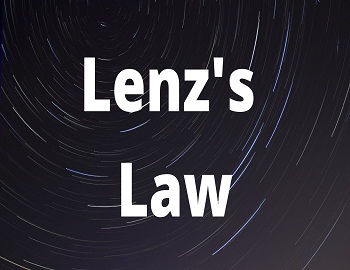
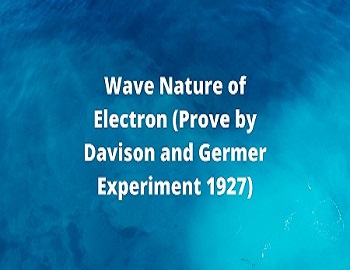
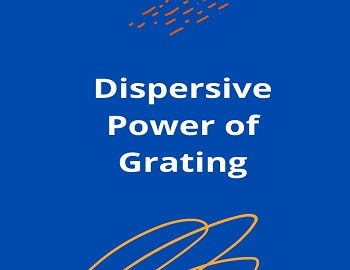

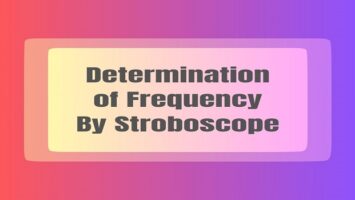
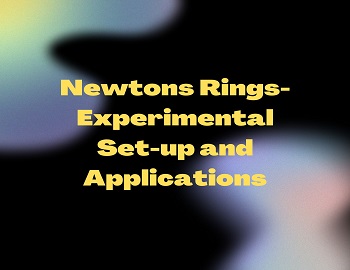

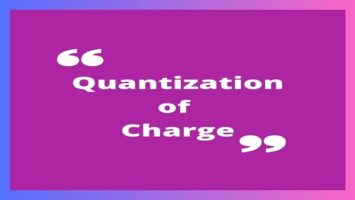

Comments (No)